Black holes, often called “cosmic monsters,” are some of the most fascinating and mysterious objects in the universe. These dense regions of space consume anything that crosses their boundary. Typically dormant, black holes spring to life when a star or planet comes too close. Recently, researchers witnessed a massive black hole, one million times the mass of the Sun, awakening. The Guardian reported that the findings will be detailed in the journal Astronomy & Astrophysics.
The black hole that has been waking up from a long-time slumber, sits at the center of a galaxy codenamed SDSS1335+0728. The galaxy floats in the Virgo constellation, 300 million light years away from Earth. Scientists had been observing this galaxy for years but nothing noteworthy was observed. This changed in December 2019 when they started noticing that the galaxy was emitting an unusual flare, a dramatic surge in luminosity unlike they had ever witnessed before. The brightness kept on increasing, and after four years, it was still glaring bright. Upon analyzing data from various standpoints, they concluded that the giant supermassive beast was waking up.
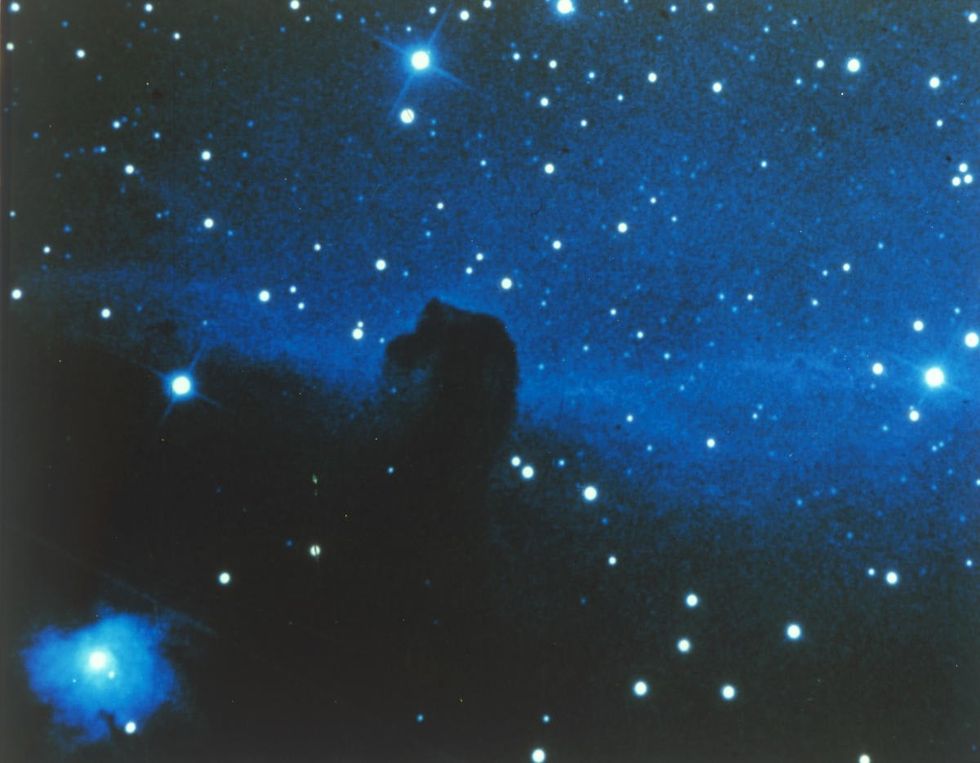
“These giant monsters usually are sleeping and not directly visible,” said study co-author Claudio Ricci, associate professor at Diego Portales University in Chile, in a press release by ESO (European Southern Observatory). “In the case of SDSS1335+0728, we were able to observe the awakening of the massive black hole, which suddenly started to feast on gas available in its surroundings, becoming very bright.”
Scientists first came to know about the glaring galaxy through Zwicky Transient Facility in California where they recorded a sudden leap in the galaxy's brightness in 2019. Further observations indicated that the galaxy had become four times brighter. It was emitting not only ultraviolet and infrared frequencies but was also spewing 10 times more X-rays than before. Four years later, it is still getting brighter each day. “We discovered this source at the moment it started to show these variations in luminosity,” said Dr Paula Sánchez-Sáez, an astronomer at ESO headquarters in Germany told The Guardian. “It’s the first time we’ve seen this in real-time.”
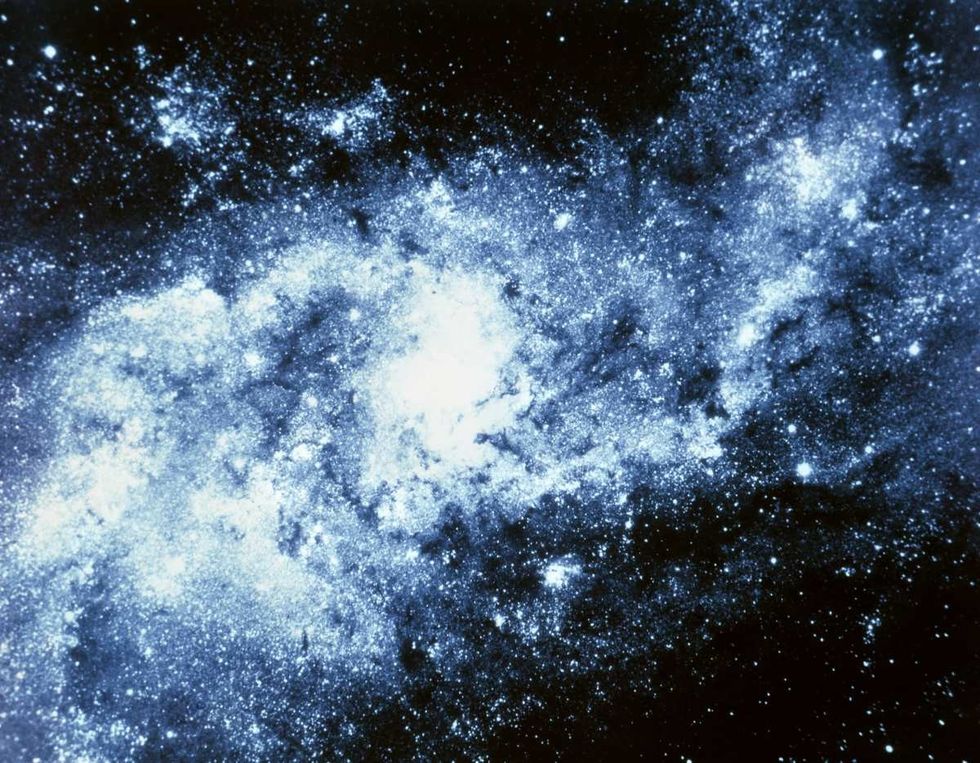
The only reason they could propose, behind this bright light, was that the black hole encountered huge amounts of material in its periphery, either through the crushing of a massive star or through a supernova explosion. “This behavior is unprecedented,” Dr. Paula added in the ESO press release, “Imagine you’ve been observing a distant galaxy for years, and it always seemed calm and inactive. Suddenly, its core starts showing dramatic changes in brightness, unlike any typical events we've seen before.” Study co-author Lorena Hernández García of the Millennium Institute of Astrophysics in Chile, also said in the press release that a flare like this "has never been observed before" in real-time.
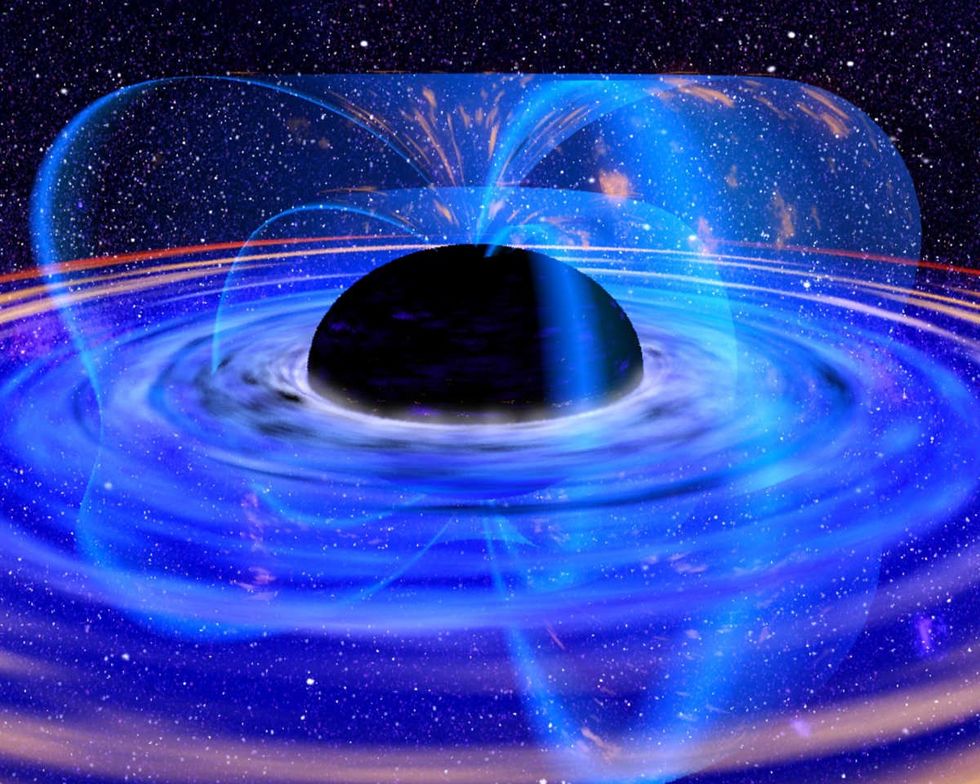
The researchers hypothesized that the most likely explanation is the creation of an “active galactic nucleus” where a vast black hole at the center of the galaxy starts actively consuming the material around it. As the black hole eats up the surrounding objects, the active galactic nucleus emits a broad spectrum of light, heating up, glowing, and radiating light.
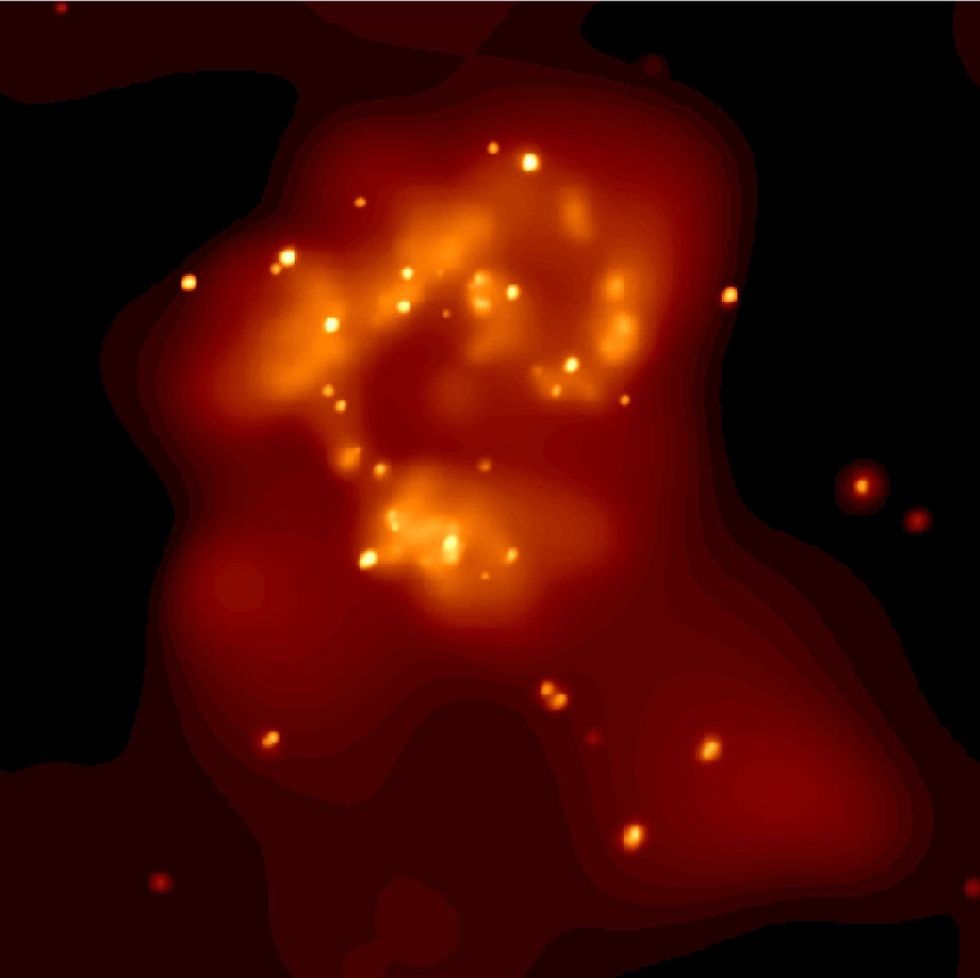
Apart from this, the team also considered the possibility of a “tidal disruption event (TDE).” TDE refers to the process when a star is ripped apart, crushed, and pulled inside a black hole for coming too close to its boundary. The black hole strips away the glowing, superheated material from planets, stars, gas, dust, and other black holes, and gobbles it in. Once this material is lost forever inside the black hole, it emits unusually bright rings of light at its boundary.
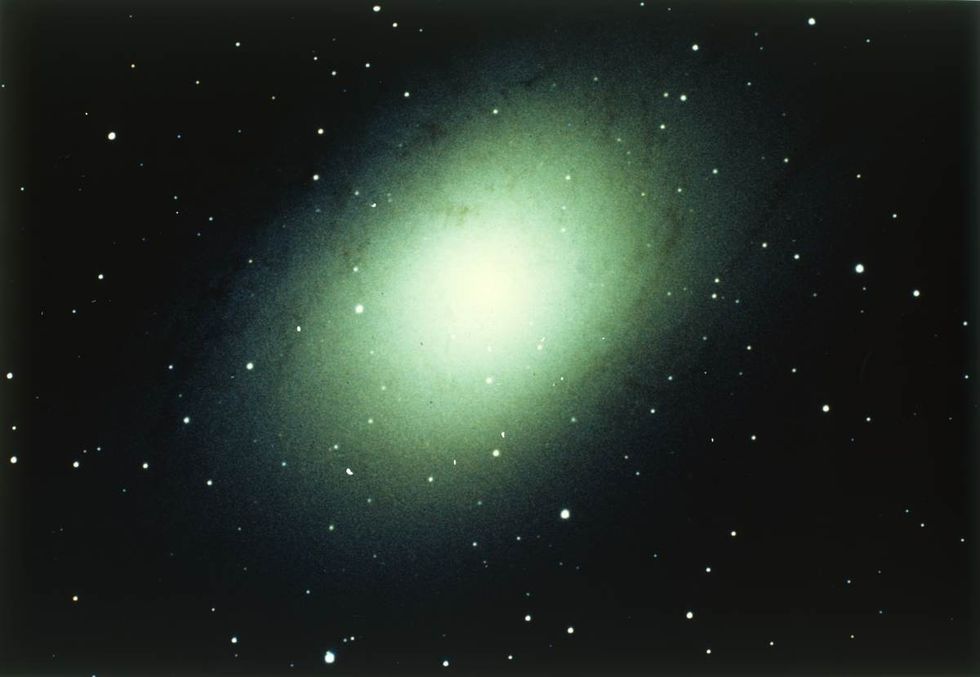
However, the possibility of TDE was ruled out later because TDE usually lasts for a brief period like a few hundred days. But this galaxy has been glowing for more than four years. “The most tangible option to explain this phenomenon is that we are seeing how the core of the galaxy is beginning to show activity,” said García. “If so, this would be the first time that we see the activation of a massive black hole in real-time,” she added.
To further analyze the phenomenon, the team consulted archival data from NASA’s Wide-field Infrared Survey Explorer and Galaxy Evolution Explorer, the Two Micron All Sky Survey, the Sloan Digital Sky Survey, and other observatories, per CNN. They compared the data with follow-up observations taken by the ESO’s Very Large Telescope (VLT), the Southern Astrophysical Research Telescope in Chile, the W. M. Keck Observatory in Hawaii, and NASA’s space-based Neil Gehrels Swift and Chandra X-ray observatories.
They believe that if they can decipher the mystery behind this black hole awakening, they will be able to reveal some interesting insights about how black holes evolve. “Regardless of the nature of the variations, (this galaxy) provides valuable information on how black holes grow and evolve,” Dr. Paula said. “We expect that instruments like MUSE on the VLT or those on the upcoming Extremely Large Telescope will be key in understanding why the galaxy is brightening.”





































 A pair of scissors.
A pair of scissors. A can opener opening a tin can.
A can opener opening a tin can. Jimi Hendrix playing on stage.Public Domain
Jimi Hendrix playing on stage.Public Domain A man handing over $20 in cash.
A man handing over $20 in cash. A person using a power saw.
A person using a power saw.
 Rock deterioration has damaged some of the inscriptions, but they remain visible. Renan Rodrigues Chandu and Pedro Arcanjo José Feitosa, and the Casa Grande boys
Rock deterioration has damaged some of the inscriptions, but they remain visible. Renan Rodrigues Chandu and Pedro Arcanjo José Feitosa, and the Casa Grande boys The Serrote do Letreiro site continues to provide rich insights into ancient life.
The Serrote do Letreiro site continues to provide rich insights into ancient life.




 Music isn't just good for social bonding.Photo credit: Canva
Music isn't just good for social bonding.Photo credit: Canva Our genes may influence our love of music more than we realize.Photo credit: Canva
Our genes may influence our love of music more than we realize.Photo credit: Canva